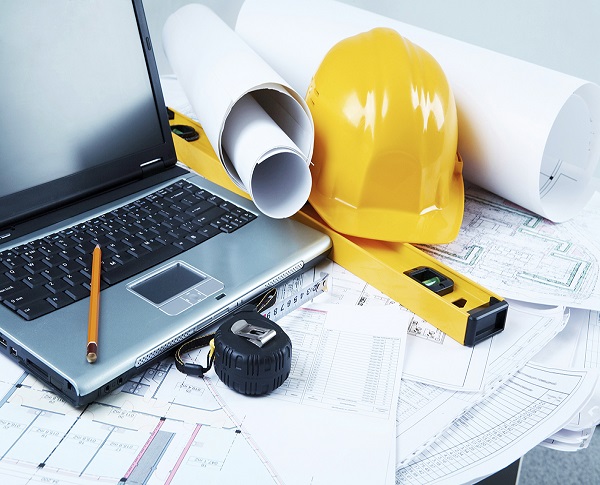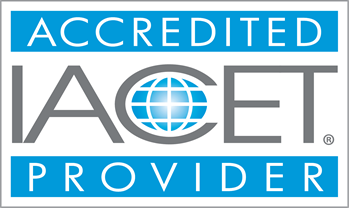Price: $174.99
40-HOUR EM 385-1-1
Safety and Occupational Health Requirements - This new version of the EM-385-1-1 Safety and Occupational Health Requirements course has been completely revised.
Course Modules - (50)
Complying with EM 385-1-1 is not negotiable for projects involving the U.S. Department of Defense. Our training ensures that participants fully comprehend these requirements to help them avoid the fines and legal consequences of non-compliance.
Our course will cover the EM 385-1-1 manual, which contains the U.S. Army Corps of Engineers' occupational safety and health rules. It will also cover workplace management, the requirements for personal protection equipment, fall prevention, and other topics.
Learning Outcomes:
From our USACE-NAVFAC-40-Hour-EM-385-1-1-Training program
● You will get to know the requirements and key provisions outlined in EM 385-1-1 for construction safety.
● Develop an understanding of how to identify and evaluate the risks that may exist on construction sites.
● Acquire the knowledge to implement suitable safety measures and procedures in order to efficiently reduce recognized risks.
● Understand the importance of personal protective equipment (PPE) and learn how to select, use, and maintain it correctly.
● Learn how to conduct in-depth site inspections in compliance with EM 385-1-1 standards.
● Develop your emergency response skills for situations involving dangerous materials, electrical mishaps, and falls.
Completion Requirements:
- 100% appearance for the course
- Fully involvement in all class trainings (determined by instructor)
- Completion of Continuing Education and Training Registration Form
- Completion of mandatory quiz assessments
- As applicable, attainment of least passing score on required end-of-course examination
- Participation and submittal of end-of-course assessment form (must provide name on form to obtain credit)
Students may request IACET CEU credit upon successful completion of the course, provided all required criteria are met. This option is available for those who wish to receive official recognition of their continuing education.
Online classes tend to be more cost-effective than in-person courses. You can save on travel expenses, lodging, and other associated costs, making online training a more budget-friendly option. Additionally, online courses can often be completed more quickly than their in-person counterparts, as you can work through the material at your own pace and without the constraints of a fixed class schedule.


